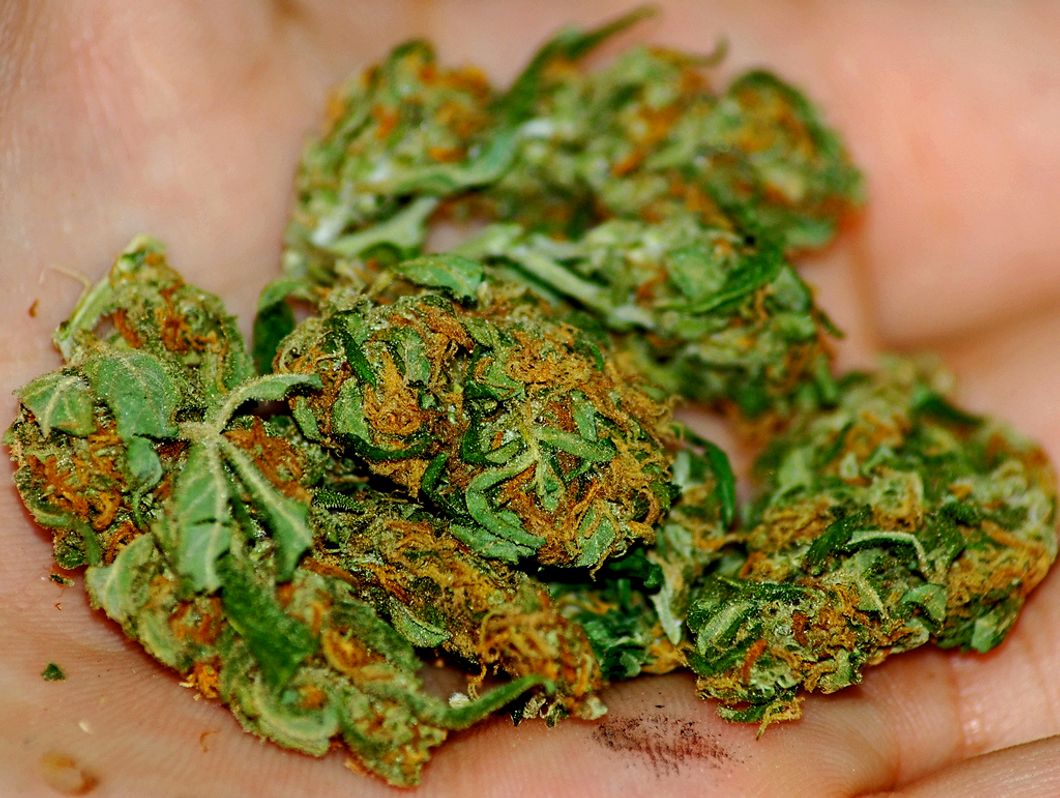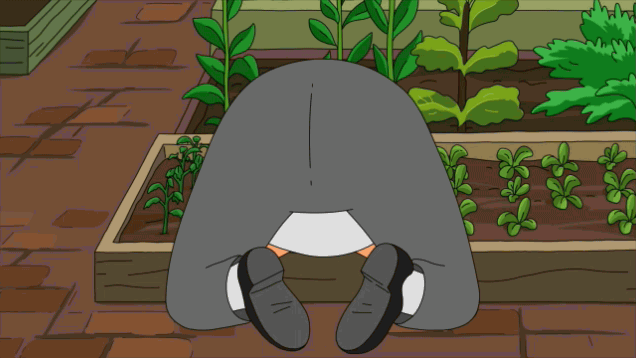With the exception of South Dakota, Nebraska, Kansas, and Idaho, every other state has legalized marijuana to some extent. From decriminalization, to medical use, to recreational legalization, America has been shrugging off traditional stigmas associated with weed. Brewers and beer-enthusiasts can make their own brew and, now, gardeners and green-enthusiasts can cultivate their own cannabis.
Each state has unique possession and growing laws that must be abided. IF you are interested in adding marijuana to your garden, please research and understand the laws and regulations in your state. Growing marijuana is the same as growing any other plant; it has preferences including season, soil, watering, spacing, and there are different varieties to consider. Indoor cultivation gives gardeners complete control over the environment, but at a cost. Instead of spending additional money on specialty bulbs, space, and a higher utility bill, follow these guidelines for cultivating marijuana successfully outdoors.
How? Raised Bed Square Foot Gardening
Raised Bed Square foot gardening is celebrated for its simplicity, structure, and economy. Coupling the advantages of a raised bed – accessible, soil and drainage control – with square foot gardening – organization, space-utilization, and reduced watering – creates the ideal conditions for any plant to thrive. Especially for marijuana. They love nutrient-rich soil, good drainage, and at least one square foot of space per plant. If a gardener wanted to exclusively plant marijuana and they had a 4X4 garden bed, they could plant 16 plants per square foot.
When? Grow from Spring to Fall
Marijuana is a warm-season plant, preferring warmth and humidity to cooler, dryer temperatures. Professionals suggest planting after the last frost, and that colder temperatures will adversely affect growth and flowering. Plant during the springtime, grow and flower in the summertime. It's important to provide direct sunlight, but too much heat can be just as damaging as the cold. If temperatures rise past 90 degrees, then you need to erect some shade using some light cloth or screening. After a successful summer of growth, marijuana can be harvested in the fall.
What? Soil, Drainage, and Watering
Marijuana plants require plenty of nutrients to grow strong and vibrant. They particularly crave nitrogen (N), phosphorous (P), and potassium (K). Backyard soil isn't known for being nutrient-rich, but raised beds avoid this issue by letting gardeners add 8 inches of pre-mixed nutritious soil. Pro-tip: Don't tamp down the soil when you add it. In fact, soil settles which means you may need to add more after a few days. Plants prefer looser soil so the roots can grow without obstruction. Loose soil also provides for better drainage unlike yard soil which has been compressed over time. Marijuana plants, in typical conditions, should be watered every few days.
Pro-tip from Bryan Traficante, founder of Garden in Minutes: Every morning, check to see if the soil is moist an inch into the ground. If the soil is crumbly and dry an inch or more down, then it's time to water.
Which Strand? Sativa Optimum for Square Foot Gardening
There are two primary strands of marijuana. Sativa is more prone to growing up/elongating, and Indica tends to grow bushier and outward. For those who intend on gardening in a square foot bed, Sativa is preferable as it won't crowd as much as Indica. Air flow is important when gardening, and dense plant-clusters can keep air from moving freely which results in mold. Despite the common characteristics of Sativa or Indica strains, most any strain can be cultivated in a smaller space with the right kind of plant training techniques and proper trimming maintenance.
























